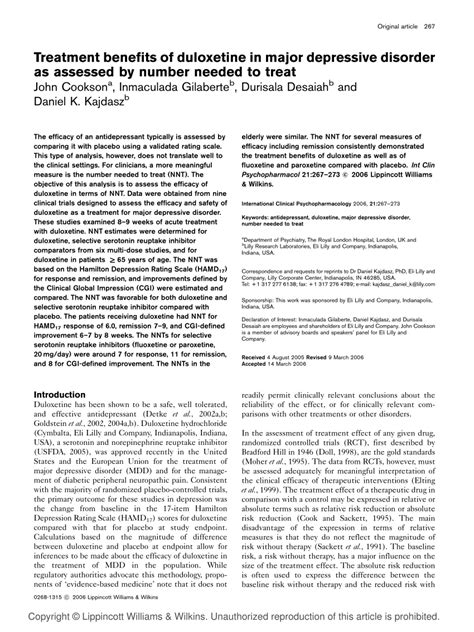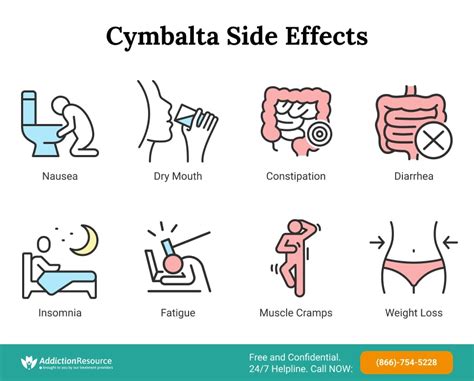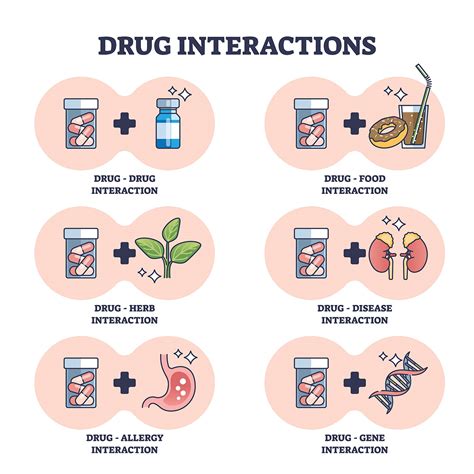Intro
Discover key facts about Duloxetine, an antidepressant medication, including its uses, side effects, and interactions, to better understand this SNRI, serotonin-norepinephrine reuptake inhibitor, for depression and anxiety treatment.
Duloxetine is a medication that has been widely used in the treatment of various conditions, including depression, anxiety disorders, and certain types of chronic pain. Despite its widespread use, many people are not fully aware of the facts surrounding this medication. In this article, we will delve into the world of duloxetine, exploring its uses, benefits, and potential side effects.
The importance of understanding duloxetine cannot be overstated, as it is a medication that can have a significant impact on a person's quality of life. By learning more about duloxetine, individuals can make informed decisions about their treatment options and better manage their conditions. Whether you are considering taking duloxetine or are already using it, this article aims to provide you with a comprehensive understanding of this medication.
Duloxetine is a type of antidepressant known as a serotonin-norepinephrine reuptake inhibitor (SNRI). It works by increasing the levels of certain neurotransmitters in the brain, which helps to improve mood and reduce pain. This medication has been shown to be effective in treating a range of conditions, including major depressive disorder, generalized anxiety disorder, and fibromyalgia. With its ability to improve symptoms and enhance overall well-being, duloxetine has become a popular treatment option for many individuals.
What is Duloxetine?

How Does Duloxetine Work?
Duloxetine works by inhibiting the reuptake of serotonin and norepinephrine, which are two neurotransmitters that play a crucial role in mood regulation and pain perception. By increasing the levels of these neurotransmitters, duloxetine helps to improve mood, reduce anxiety, and alleviate pain. This medication has been shown to be effective in treating a range of conditions, including major depressive disorder, generalized anxiety disorder, and fibromyalgia.Benefits of Duloxetine

Common Uses of Duloxetine
Duloxetine is commonly used to treat a range of conditions, including: * Major depressive disorder: Duloxetine has been shown to be effective in improving mood and reducing symptoms of depression. * Generalized anxiety disorder: This medication has been shown to be effective in reducing anxiety and improving overall mental health. * Fibromyalgia: Duloxetine has been shown to be effective in alleviating pain and improving overall quality of life in individuals with fibromyalgia. * Neuropathic pain: This medication has been shown to be effective in alleviating certain types of neuropathic pain, including diabetic neuropathy and postherpetic neuralgia.Potential Side Effects of Duloxetine

Precautions and Warnings
Duloxetine can interact with other medications and have serious side effects in certain individuals. Some of the precautions and warnings associated with duloxetine include: * Pregnancy and breastfeeding: Duloxetine should be used with caution in pregnant and breastfeeding women, as it can pass into breast milk and affect the baby. * Liver and kidney disease: This medication should be used with caution in individuals with liver and kidney disease, as it can worsen these conditions. * Bleeding disorders: Duloxetine can increase the risk of bleeding in individuals with bleeding disorders, such as hemophilia. * Suicidal thoughts: This medication can increase the risk of suicidal thoughts and behaviors, especially in children and adolescents.Interactions with Other Medications

Dosage and Administration
Duloxetine is typically taken once or twice a day, with or without food. The dosage of duloxetine can vary depending on the condition being treated and the individual's response to the medication. Some of the common dosages of duloxetine include: * 20-30 mg per day for depression and anxiety disorders * 30-60 mg per day for fibromyalgia and neuropathic pain * 60-120 mg per day for severe depression and anxiety disordersConclusion and Future Directions

As we move forward, it is essential to continue monitoring the safety and efficacy of duloxetine and to explore new treatment options for individuals with depression, anxiety disorders, and chronic pain. By working together, we can improve our understanding of these conditions and develop more effective treatments to enhance the quality of life for individuals affected by them.
What is duloxetine used for?
+Duloxetine is used to treat various conditions, including depression, anxiety disorders, and certain types of chronic pain.
How does duloxetine work?
+Duloxetine works by increasing the levels of certain neurotransmitters in the brain, such as serotonin and norepinephrine, which helps to improve mood, reduce anxiety, and alleviate pain.
What are the common side effects of duloxetine?
+The common side effects of duloxetine include nausea, headache, dizziness, fatigue, and insomnia.
Can duloxetine interact with other medications?
+Yes, duloxetine can interact with other medications, such as antidepressants, blood thinners, and nonsteroidal anti-inflammatory drugs (NSAIDs), and worsen certain conditions.
What is the typical dosage of duloxetine?
+The typical dosage of duloxetine can vary depending on the condition being treated and the individual's response to the medication, but common dosages range from 20-120 mg per day.
